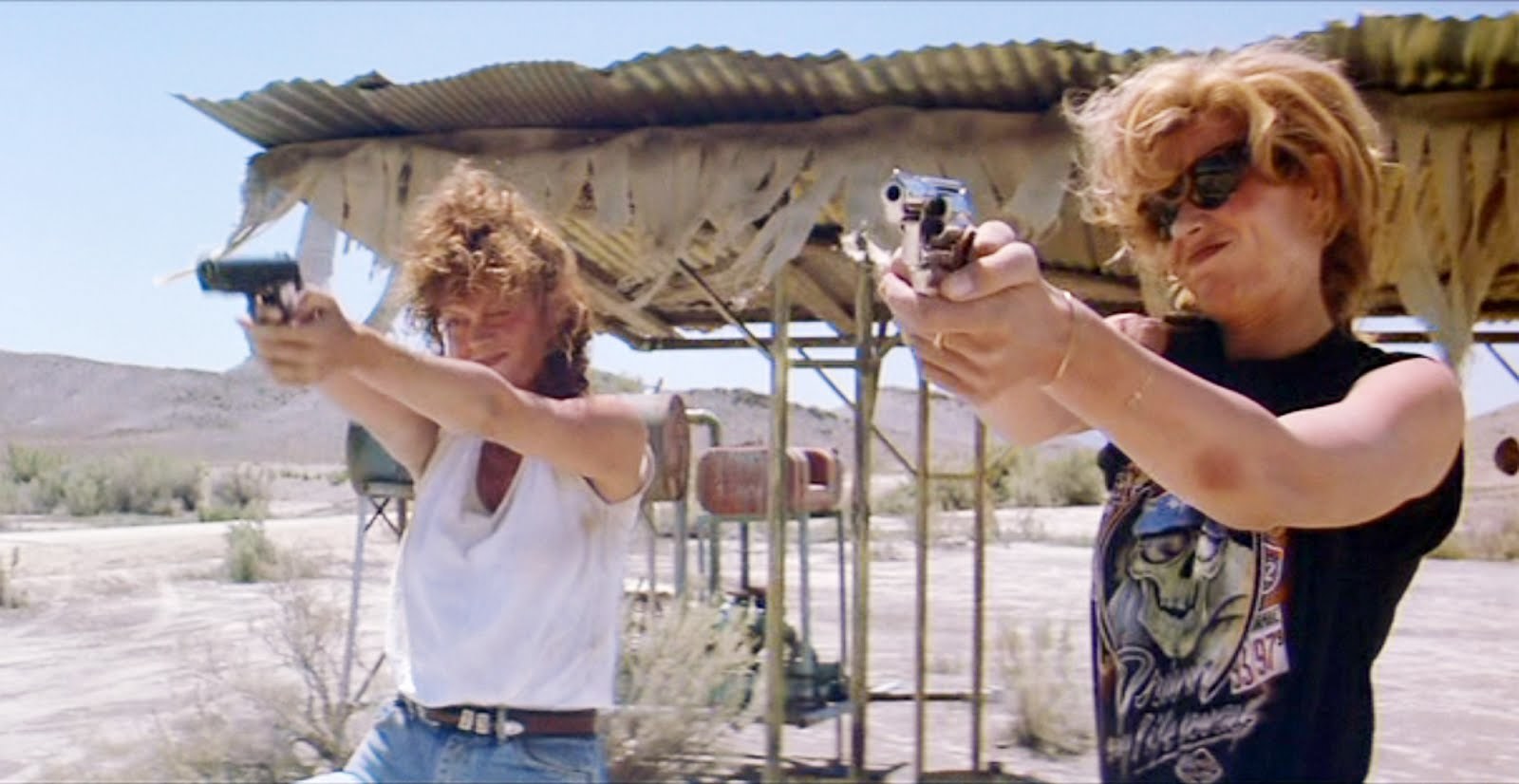When it comes to dissecting the relationship between film and feminism, it’s easy to get lost in a fantasy world of Disney Princesses and Plastics. Growing up as a girl, these are the on-screen ‘role models’ we’re bombarded with. From a young age the lesson we learn from the silver screen is that – as a female – in order to get you’re “happily ever after”, it’s true love’s first kiss off Prince Charming that will do the trick. But is that all we’re really worth?
It seems not has much as changed in contemporary cinema since our younger years, as Cinderella hits the big screen, Emma Watson has been cast to play Belle from Beauty and the Beast, The Little Mermaid’s currently undergoing a make-over by Sophia Coppola and director Diablo Cody is putting her pen to paper to write the recently confirmed Barbie film franchise. This continuation of fantastical, girlish female characters in the spotlight has led our society of 20-somethings to become the generation that never wants to grow up. We’re stuck in a time capsule looking up to the heroines of our past as they get revamped in our future because not much else has come along since. As we continue to cover our lives in sparkly stickers and write with fluffy pens a la Cher Horowitz, you have to question if we’re going to be taken seriously in the modern world. These nostalgic dream girls from our past might make perfectly pretty pictures on our Instagram feed but when it comes to movie role models, surely we need something with more substance?
For female protagonists, there seems to be certain categories in cinema that we keep slipping into. We have the materialistic teen queen from films such as Mean Girls or Clueless – often a Beverly Hills brat that every girl wants to be like and boy wants to sleep with. There’s the sex-shamed – like golden girl Lux Lisbon from The Virgin Suicides, who after losing her virginity on a football pitch, resorts to suicide. There’s the psychotic – like the institutionalized Susanna from Girl, Interrupted. Not forgetting the hopelessly devoted – like Ariel from The Little Mermaid or the sickly sweet Sandy from Grease – these are the girls who change who they are for a love interest. While this selection of girls may be visually delightful from a beautifully directed background, they’re problematic: female leads are either stereotyped or sexualized.
The issue doesn’t simply lie with the types of female characters on screen, but the lack of female leads too. When it comes to the cinema statistics, the results are bleak. It seems we’ve almost given up hope, as rather than protesting the patriarchy in the film industry, there were even fewer female leads cast last year than there were back in 2002 – that being a tiny 12%. If half the tickets purchased at the cinema are bought by women, why is there a serious lack of female leads on screen? Earlier this year it was announced that Jennifer Lawrence has been cast as the first female lead in a Steven Speilberg film in 20-years. It’s a step in the right direction but why has it taken so long? Are we supposed to sit pretty for another two decades, waiting for further acknowledgment from the misogynistic land of cinema?
When researching female protagonists, there are so many brilliant examples of secondary characters, but the choice is slim for powerful female leads. Thankfully, there are those who have stuck their middle finger up to the gender conventions of film: Thelma and Louise, the bad-ass babes who stand up to a rapist whilst putting sisterhood first, are still one of the most empowering examples of women on screen. Then there’s Beatrix Kiddo from Quentin Tarantino’s post-modern adventure Kill Bill, who’s strong, independent and just as capable as any of her on-screen male counterparts. Julia Roberts portrayed the environmental activist and legal assistant Erin Brockovich, who single-handedly brought down a power company for polluting California’s water supply in the biopic. Now, we have the ever-so witty Desiree Akhavan, who wrote and starred in Appropriate Behavior as Shirin – an honest portrayal of a bisexual from Brooklyn, and Karidja Toure who plays Marieme in the French drama Girlhood that showcased a fresh perspective on female friendships in the 21st century. These intelligent and beautifully brave women are just a handful of those who have taken the lead – but we need more like them.
Our current culture is unfortunately one of gender discrimination – and it’s something that happens on a daily basis, from sexual harassment, to the ever-existing pay gap. We’re still trapped in a patriarchal society and this is why we need more progressive and powerful female leads in film. Perhaps the problem lies with the film industry in general because we’re seriously lacking in female directors too! Misogyny is alive and kicking and unless we activate against gender discrimination, nothing will change. Who knows what feminism’s influence on film is going to have in the future, but one thing’s for sure, we’re a gender that’s worth more than a few re-blogged images of a noughties Lindsey Lohan. Films are about dreaming and there’s nothing wrong with indulging in the frothy females we once fell for, but there comes a point when perhaps we should wake up. Rather than getting lost in nostalgia and teenage dreaming about the glossy idols from our past, let’s shake things up and look to the future. Let’s celebrate strong women on screen and use cinema as a medium to communicate ideals about gender equality – because it might still be a man’s world out there, but it would be nothing without a woman.
Credits
Text Billie Brand
Film still from Thelma and Louise, by Ridley Scott
